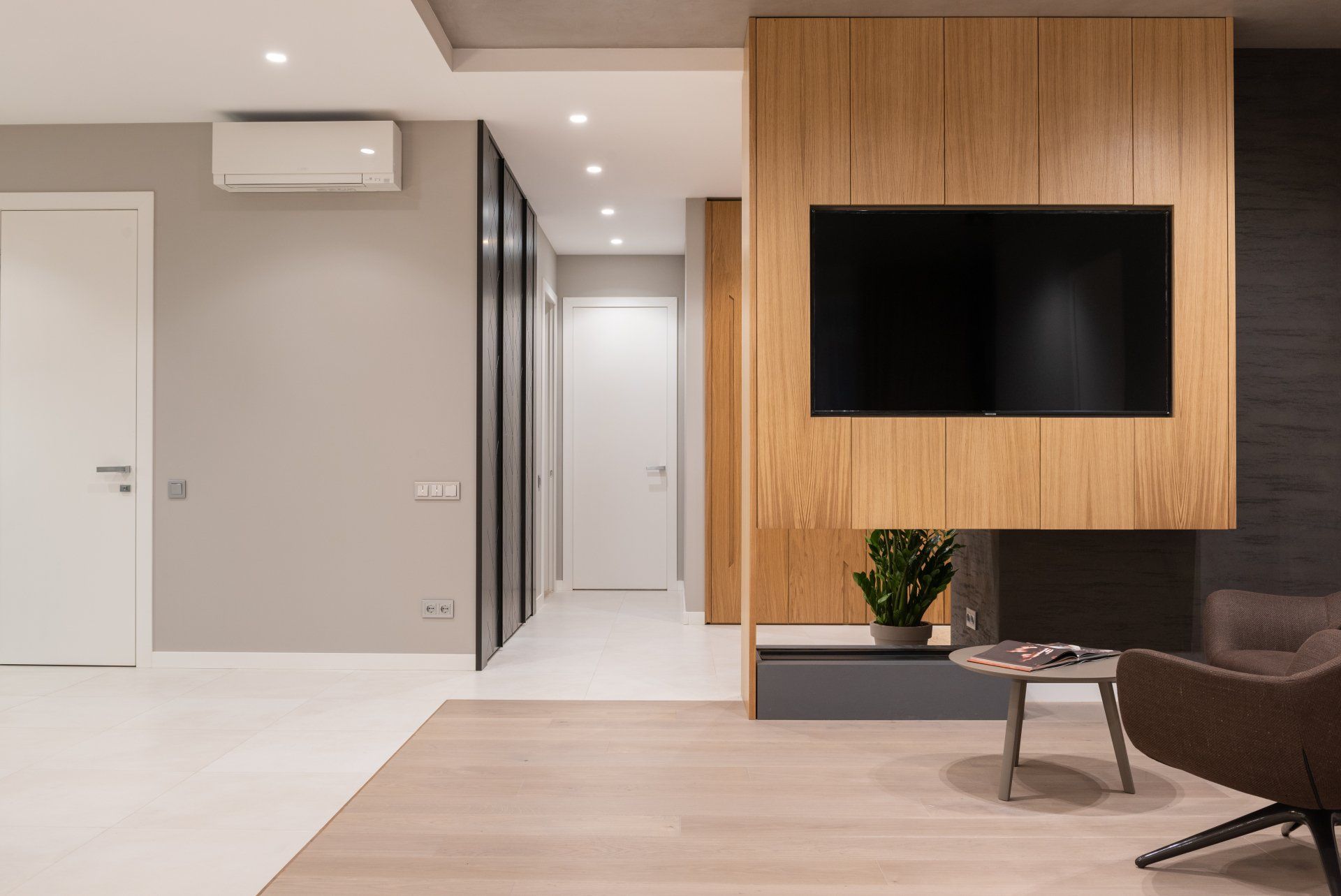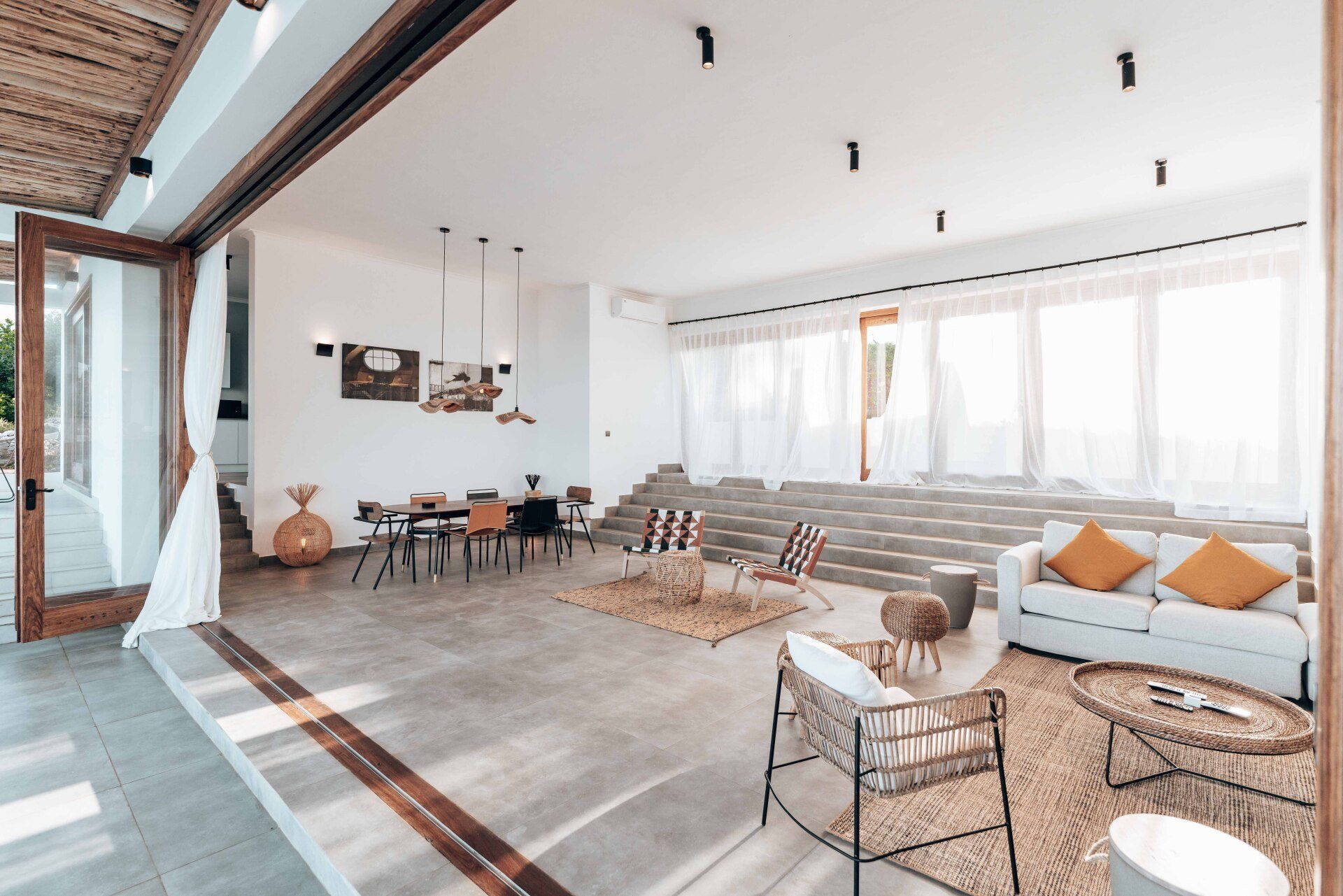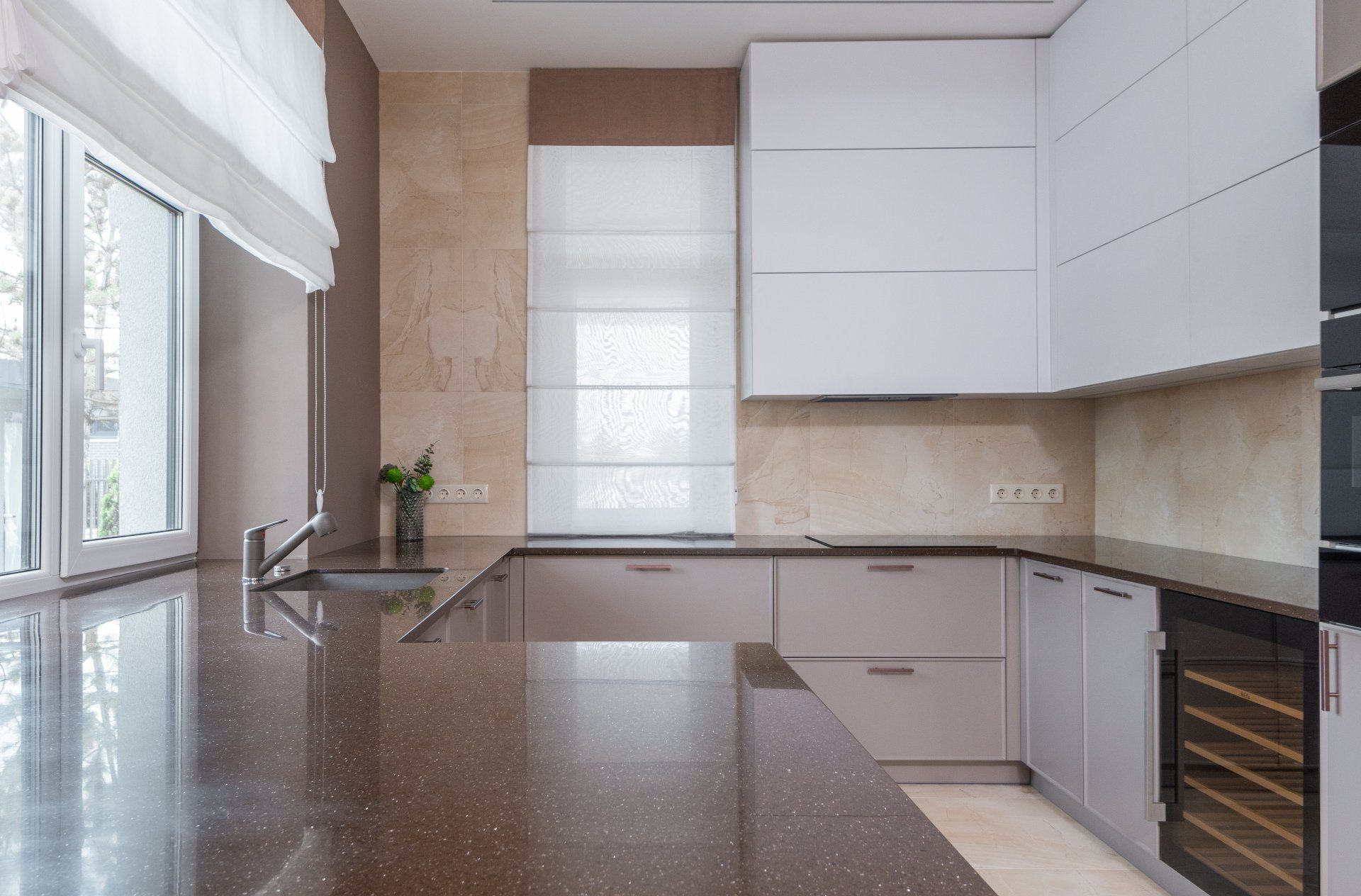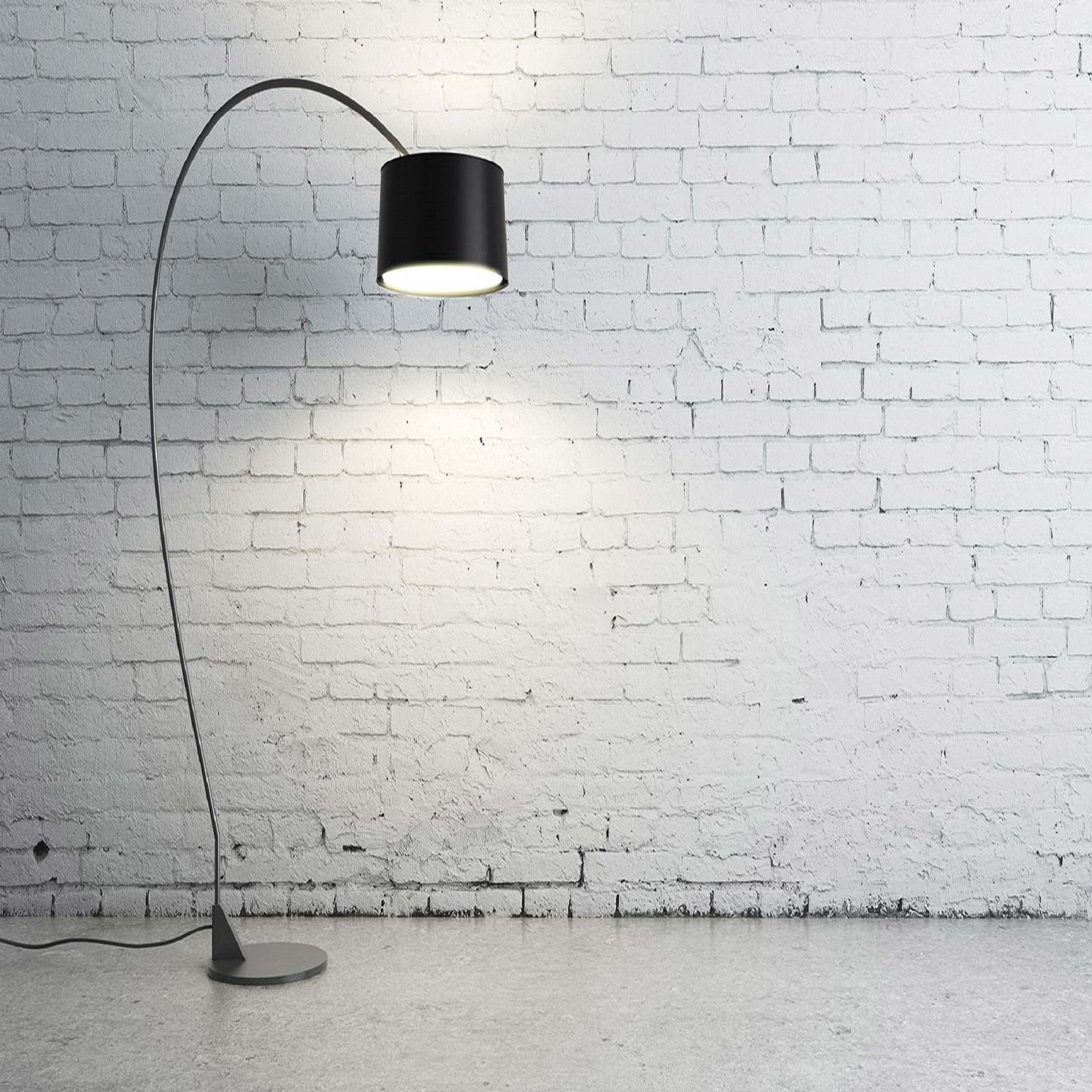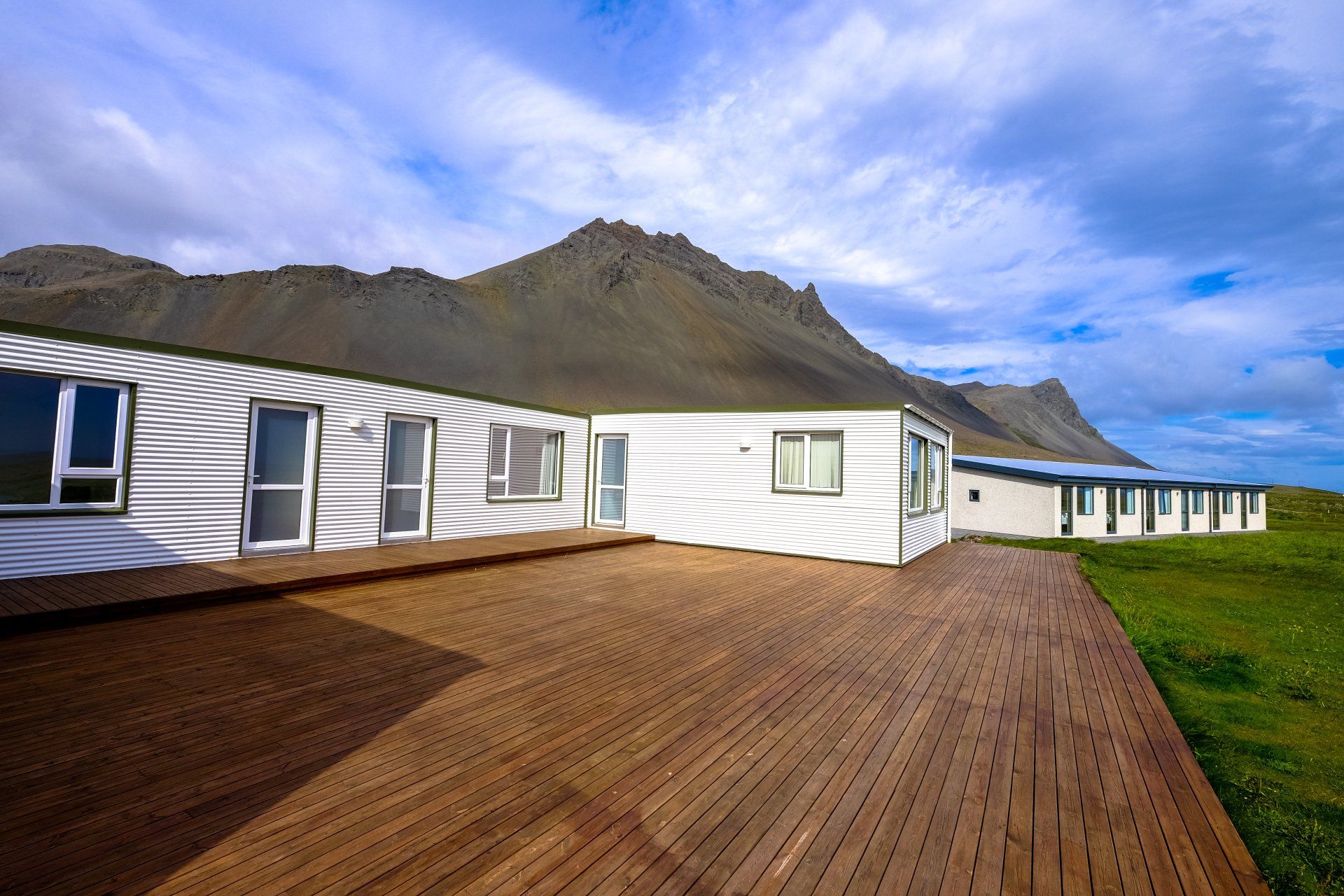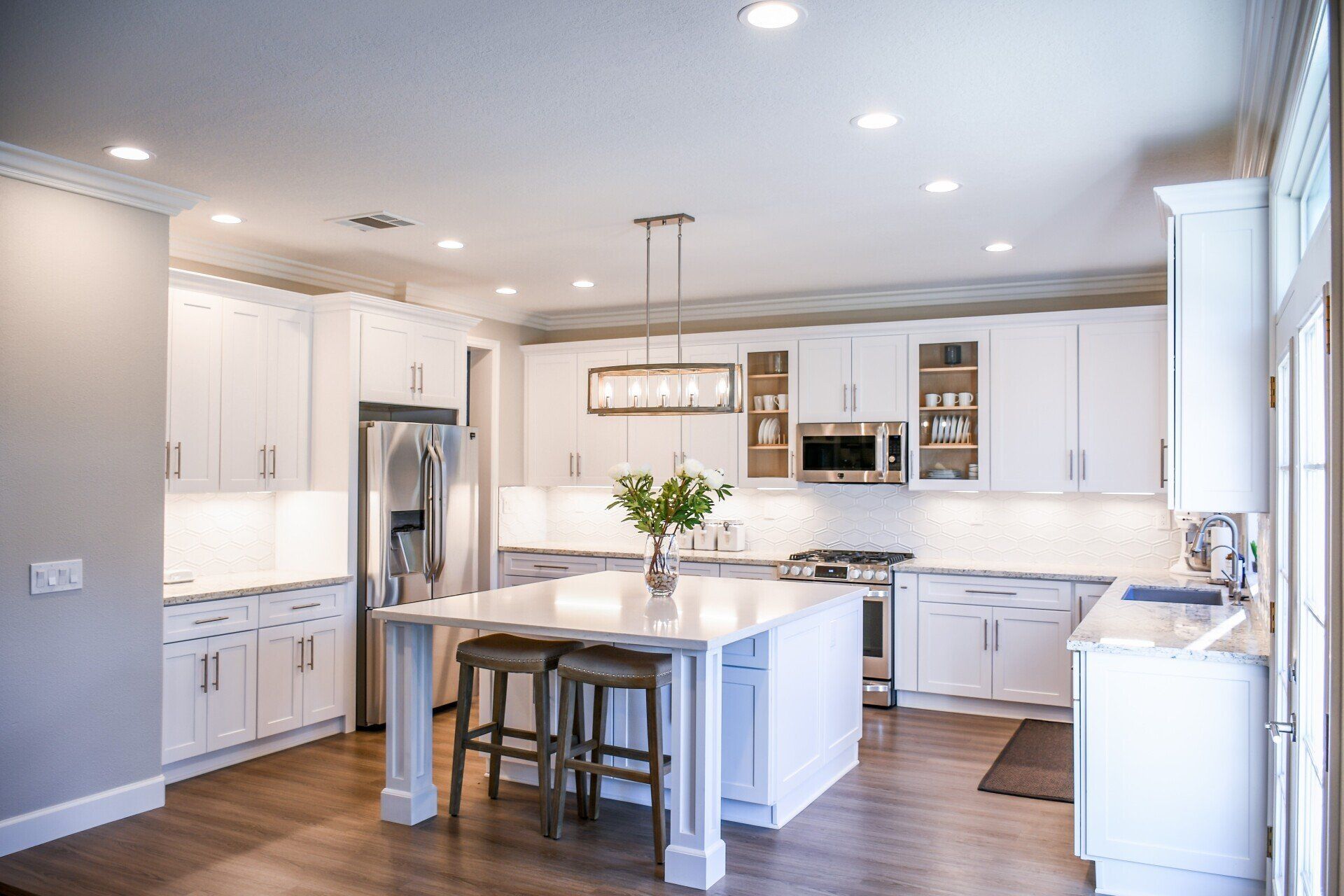What Kind of Surround Sound System Is Right for You
What Kind of Surround Sound System Is Right for You?
Choosing the right surround sound system for your TV room can transform your viewing experience, making it immersive and cinematic. However, with so many options available, understanding what best suits your needs is crucial. This guide will delve into the differences between in-wall and in-ceiling speakers, why in-ceiling systems may not provide true surround sound, and how in-wall setups are more suited for a dedicated home theater. We’ll also cover other important considerations, such as speaker placement, room acoustics, and budget.
The Basics of Surround Sound Systems
A surround sound system is designed to create a three-dimensional audio environment by placing speakers around the listener. This setup provides depth, directionality, and realism to audio, enhancing everything from movies to sports broadcasts.
Typical surround sound configurations include:
- 5.1 Systems: Five speakers and one subwoofer.
- 7.1 Systems: Seven speakers and one subwoofer.
- Dolby Atmos Systems: Adds height channels for an overhead sound dimension.
Choosing the right configuration depends on your room size, layout, and personal preferences.
In-Wall vs. In-Ceiling Speakers
Both in-wall and in-ceiling speakers offer sleek, space-saving designs by embedding the components into your walls or ceiling. However, their applications and performance vary significantly.
In-Ceiling Speakers
In-ceiling speakers are mounted above the listener and are commonly used in multi-room audio systems or background music setups. While they’re great for saving space and providing ambient sound, they’re less ideal for true surround sound.
Advantages:
- Saves floor and wall space.
- Blends seamlessly with the room’s aesthetics.
- Good for ambient or distributed audio.
Disadvantages:
- Lacks directionality for surround sound.
- Overhead positioning may cause audio to feel distant.
- Not ideal for precise, immersive audio effects.
In-Wall Speakers
In-wall speakers are installed at ear level, making them a superior choice for creating a dedicated home theater experience. Their positioning provides a more realistic soundstage and better audio immersion.
Advantages:
- Ideal for directional surround sound.
- Sleek and integrated look.
- Delivers a true home theater experience.
Disadvantages:
- Installation can be more complex and costly.
- Requires precise placement and planning.
Why In-Ceiling Isn’t True Surround Sound
For a surround sound system to work effectively, the audio should come from specific directions that match the on-screen action. In-ceiling speakers, while great for overhead effects in a Dolby Atmos setup, often fail to provide the directional clarity required for true surround sound.
In-ceiling setups can make sounds feel disconnected from the visual experience because:
- Dialogue or effects meant to come from the front may feel like they’re originating above you.
- Rear surround effects can lose their intended impact.
In contrast, in-wall speakers can be strategically placed at ear level to deliver precise and immersive soundscapes.
Other Speaker Types and Configurations
Bookshelf Speakers
Bookshelf speakers are versatile and can be placed on stands or shelves. They’re a great choice for smaller rooms or as part of a 5.1 system.
Floor-Standing Speakers
These large speakers provide powerful sound and are often used as front left and right channels in a home theater.
Soundbars
While not a true surround sound solution, soundbars are compact and easy to set up, making them a popular choice for smaller spaces or budget-conscious users.
Speaker Placement and Room Acoustics
Proper speaker placement is crucial for achieving the best sound quality. Here are some general guidelines:
- Front Speakers: Position the left, center, and right speakers at ear level, with the center channel directly above or below the TV.
- Surround Speakers: Place these to the side or slightly behind the seating area at ear level.
- Subwoofer: Experiment with placement to find the spot that provides the best bass response without overwhelming the room.
- Height Speakers (Dolby Atmos): Mount these in the ceiling or use upward-firing speakers to create an overhead sound effect.
Room acoustics also play a significant role. Consider the following:
- Carpets and Rugs: These help reduce echo and improve sound clarity.
- Acoustic Panels: Use panels to minimize sound reflections.
- Furniture Placement: Avoid blocking speakers with large furniture.
Budget Considerations
The cost of a surround sound system can vary widely depending on the components and complexity of the setup. Here’s a general breakdown:
- Entry-Level Systems: These typically include soundbars or basic 5.1 systems with smaller speakers.
- Mid-Range Systems: Includes higher-quality speakers, AV receivers, and subwoofers.
- High-End Systems: Offers premium components, advanced features like Dolby Atmos, and custom installations.
Additional costs to consider include installation, speaker mounts, and acoustic treatments.
DIY vs. Professional Installation
Deciding whether to install your surround sound system yourself or hire a professional depends on your skills and the complexity of the setup.
DIY Installation
- Suitable for simpler setups or wireless systems.
- Requires basic tools and knowledge.
- Cost-effective but may involve trial and error.
Professional Installation
- Ideal for in-wall or in-ceiling speakers and complex systems.
- Ensures optimal performance and placement.
- Includes calibration for the best sound quality.
Conclusion
Selecting the right surround sound system for your TV room involves balancing your needs, preferences, and budget. While in-ceiling speakers may suffice for casual listening or ambient audio, in-wall speakers are the better choice for a true home theater experience. By carefully considering factors such as speaker type, placement, and room acoustics, you can create a setup that elevates your entertainment to new heights. Whether you opt for a DIY installation or professional help, the right surround sound system will bring your movies, shows, and games to life like never before.




